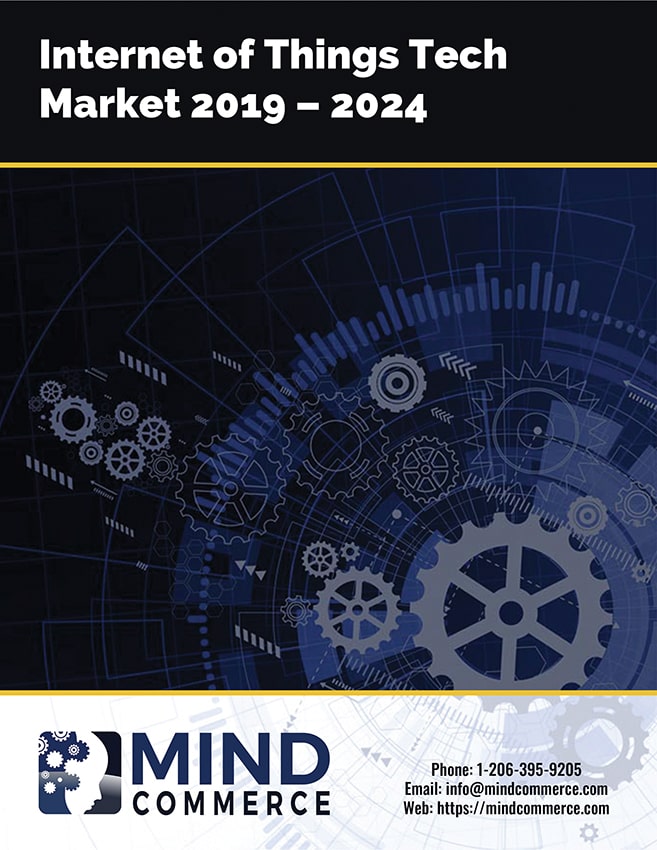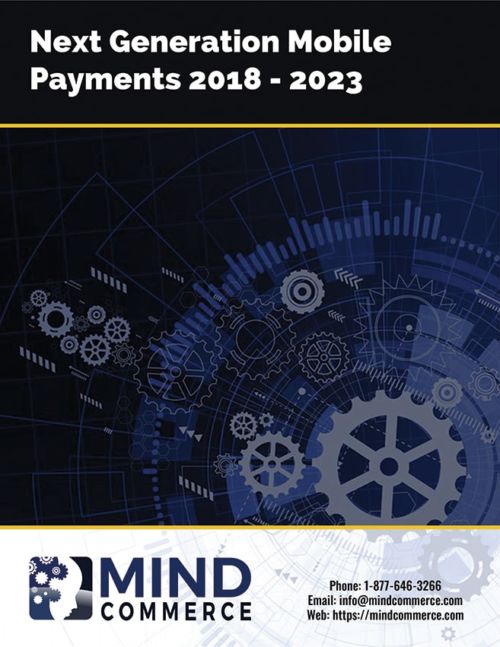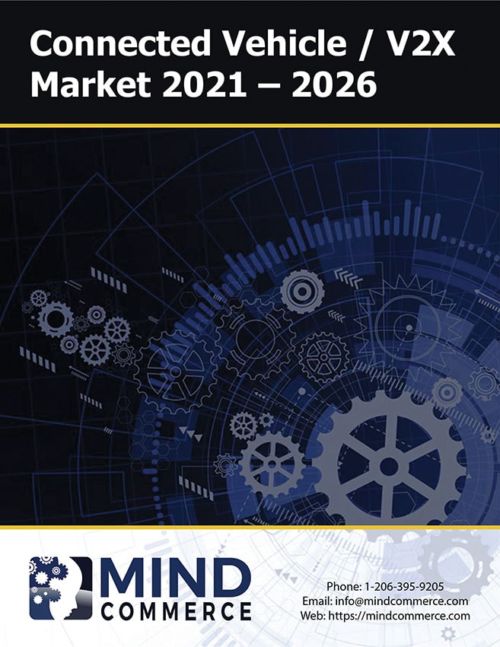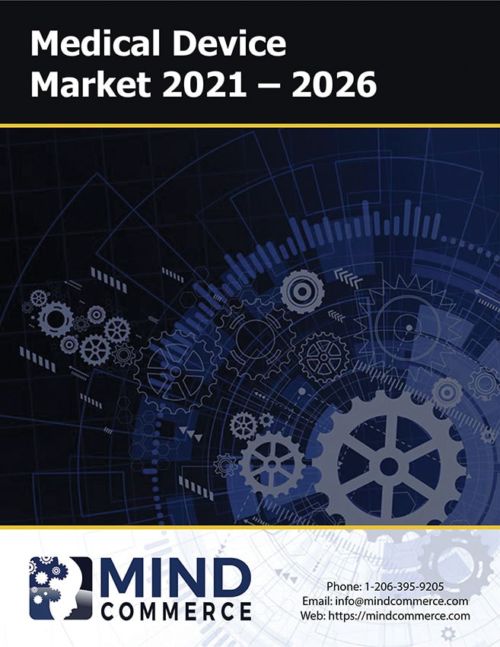Description
The Internet of Things (IoT) is much more than the sum of its parts. Powered by IoT technology market solutions, IoT applications rely upon an ecosystem of hardware, software, and services. IoT systems are envisioned to evolve in a manner in which they become more like the human nervous system with interconnecting pathways that provide vital data for decision making.
Unlike humans, however, IoT intelligence may be engineered to be present and active at various portions of a given network or system. Accordingly, design and implementation decisions involving edge computing, Artificial Intelligence (AI), and cognition are very important for the long-term success of IoT. A growing area of opportunity resides in the convergence of cloud computing, mobile edge computing, cognitive networking, data analytics, and embedded AI algorithms.
IoT Technology Market Drivers
At its core, IoT solutions are intended to optimize asset management, work flow, and processes. This includes automation of physical infrastructure, remote management and monitoring, and predictive insights. Virtually every operational process and procedure will be impacted by IoT at some point for most industries. Longer term, the IoT technology market will make a substantive impact across many industry verticals, especially those that benefit from process automation, improved service delivery, and acquisition of actionable data.
Successful companies will be those that understand how and where IoT technology market solutions will drive opportunities for operational improvements, new and enhanced products and services, as well as completely new business models. To achieve these goals, service providers and businesses are deploying IoT platforms, and many types of software programs and operating systems. Equally important are related IoT managed services such as system integration and data management to enable optimized deployment as well as efficient and effective ongoing operations.
AI in the IoT Technology Market
Current IoT networks are largely deterministic in nature, relying upon autonomic systems making decisions based on predetermined rules that take action based upon the occurrence of specific events. The Artificial Intelligence of Things (AIoT) will become increasingly important as the AIoT market evolves to allow IoT networks and systems to become more cognitive. The emerging AIoT market will enable systems to become increasingly more cognitive, making decisions based on context and experience.
It is important to recognize that intelligence within the IoT technology market is not inherent but rather must be carefully planned. AIoT market elements will be found embedded within software programs, chipsets, and platforms as well as human-facing devices such as appliances, which may rely upon a combination of local and cloud-based intelligence.
Just like the human nervous system, IoT networks will have both autonomic and cognitive functional components that provide intelligent control as well as nerve end-points that act like nerve endings for neural transport (detection and triggering of communications) and nerve channels that connect the overall system. The big difference is that the IoT technology market will benefit from engineering design in terms of AI and cognitive computing placement in both centralized and edge computing locations.
IoT Technology Market Components
IoT networks and systems consist of vast array of hardware, software, and firmware elements including semiconductors and embedded devices, sensors, controllers, and gateways. Each of these elements within the IoT technology market may be any combination of proprietary or open-sourced and physical or virtualized. Communication between end-nodes and IoT platforms depend upon wired and wireless networking based on LTE and emerging 5G networks as well as many non-cellular low power WAN methods.
IoT infrastructure and platforms consists of hardware, software, and Application Programming Interfaces (API) with APIs acting as a key element providing access to IoT platforms for intra-network signaling/messaging as well as communications on an inter-system basis. IoT APIs also provide a means for provisioning and administration of IoT devices, data, and applications.
IoT hardware may be both physical and virtualized. IoT software may be both deterministic in terms of programming and outcomes as well as programmatic thanks to IoT APIs and communications platforms as a service (CPaaS). IoT APIs may be open, proprietary, and/or pre-built connectors for specific purposes. Taken together, IoT hardware, software and APIs provide the basis for IoT platforms, which consist of many different programs, algorithms, and operating systems.
Programming IoT will entail a variety of resources and tools including Software Development Kits (SDK), Application Programming Interfaces (API), Graphical User Interfaces (GUI), IoT platforms for application enablement (development and on-boarding), and open source software. The long-term success of the IoT technology market will depend on the extent to which these tools may be leveraged by third-party software companies in an open development environment.
IoT Technology Market Solutions
The “things” involved in the IoT technology market vary from devices used to detect, actuate, signal, engage, and more. IoT things also involve everything from gateways, modules, and sensors to hardware and embedded software within products and equipment and other consumer, enterprise, and industrial assets. The IoT technology market ecosystem could easily become highly cumbersome with so many different items to consider as part of IoT provisioning, activation, administration and other management functions. Accordingly, there is an IoT technology market need for solutions to manage devices, interfaces, software, applications, and data.
The IoT technology market as a whole facilitates generation of a wealth of data, which is derived largely from machine-related events. The ability to sort data in a raw format, store it in different structural formats, and subsequently release it for further analytics, will be of paramount importance for all industry verticals. Converting raw data into actionable information is one of the key goals of the IoT technology market. Important consideration areas include Data Collection (what, how, when, why, and where), Data Networking (connectivity, routing, and access), and Data Management (storage, analytics, and distribution). Important aspects of IoT data management include storage of both raw and transformed data as well as IoT data distribution rights and privacy management.
IoT Technology Market Report
This report represents the most comprehensive research covering core IoT hardware, software, and firmware as well as supporting technologies such as AI and edge computing. The report evaluates leading vendors, products, and services offerings. The quantitative portion of the report provides detailed forecasts for the global and regional IoT technology market for 2019 to 2024. The report also includes specific industry recommendations in key areas such as data analytics and AI hardware, software and services.
Click Here for more Mind Commerce IoT Reports





